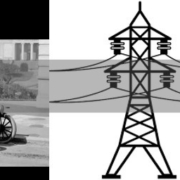Nowadays, consumers have a variety of options for obtaining services and getting the help they need. They can use webchat, email, the Internet, and face-to-face contact, yet telephone customer service is still the first choice for most customers when they have questions or a problem that needs to be resolved.
In order to ensure your customers are happy with the customer service they receive, it’s even more important for you to provide exceptional customer service, including outstanding telephone service. Consumers expect better service than ever before, and the capabilities of modern telephone communications allow you to offer them the satisfaction and resolution they demand.










